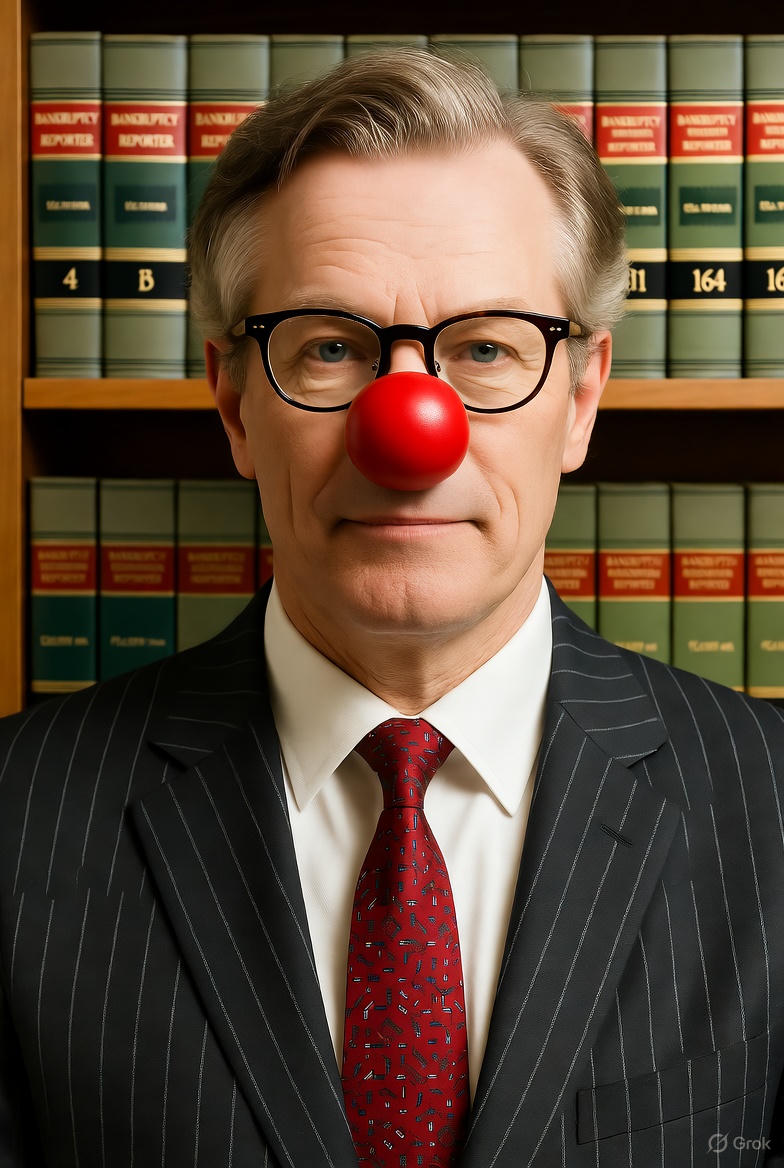Gardner v. Maryland
The process to get a case to the Supreme Court is difficult and expensive. For Eva Marie Gardner, she has done it with no visible help.
In January 2021, Eva Gardner was driving her car on I-270 in Maryland. This expressway extends out of D.C. to Frederick, MD. From there it is just a short distance into PA. It is one of the feeder highways for people that work in D.C. but who can’t afford to live in or near D.C.
While driving, an unlicensed driver “forced” her off the road with the use of a “PIT” maneuver. Both the other driver and Ms. Gardner exited their vehicles. Ms. Gardner stated that she displayed her handgun to deter him.
When the cops arrived, the alleged assailant spoke to them comely. The assailant was unable to provide a valid driver’s license, “proof of car ownership” which I take to mean registration, nor proof of insurance. Note, Maryland is a state that requires you to have car insurance.
Having listened to the two parties, the police let the alleged assailant depart, never to be heard from again. They arrested Ms. Gardner for violation of Maryland Criminal Law § 5-203, carrying a firearm without a Maryland permit.
She would have had an attorney for her criminal trial. She then went through the appeals process pro se, meaning without a lawyer, representing herself.
She had a valid Virginia CCW. If I’m reading her petition correctly, PA doesn’t recognize her VA permit either.
How common is this?
This type of case happens way to often. I refer to the state south of me as “Mordor.” If I were to accidentally carry a shell casing into that state, I would be committing a felony under MA state law. You are required to have a permit to own ammunition or ammunition components, much less an actual firearm.
Post Bruen, it takes around 9 months to get a non-resident CCW, which includes in person interviews.
People violating reciprocity laws is very common. There is a mall that is famous among CCW holders; there are parts of the mall that exist in freedom and others where you are subject to the crown of MA. You can be walking through a store, legally carrying your firearm, take a step over and suddenly you have committed a felony.
There is a scene in the movie Sergeant York where he is at the bar, orders a drink, and goes to sit down with it. The barkeep stops him because he would have crossed the county line into a dry county. He could drink whiskey all day long on one side of the room, but not the other.
That is what it is like. There is no path you can take out of VT, NH, and ME where you don’t have to pass through a gun hating state. MA to the south, NY to the west, and Canada to the north.
I would guess this sort of violation of imaginary lines on a map happens 1000s of times a day.
What makes this case interesting?
Absolutely nothing. This was a pro se case. The Supreme Court sees hundreds, if not a few thousand, pro se cases a year. Most are submitted by jailhouse lawyers. Most are summarily denied cert.
Ms. Gardner is likely a felon for this single stop. She’s no different from all the rest.
The case is so uninteresting that the state of Maryland officially declined to submit a response. This was submitted on an editable PDF. In other words, they couldn’t be bothered to even type something up. Somebody filled in the blanks in the PDF and sent it off.
The petition for writ of certiorari was filed on 2025/10/22. Maryland said “Not interested” on 2025/11/03. The case was distributed for conference 3 days later. (That’s fast).
On 2025/11/12 the Supreme Court “requested” a response from Maryland by 2025/12/12.
On 2025/11/19 the panic had set in. Maryland asked for a 45 day extension, claiming they had not looked at the case and were busy with 7 other important cases, two of which were also Second Amendment Cases.
The extension was granted.
Yes, the Supreme Court told the country, “Pay attention to this case”.
That simple request set the wheels in motion. The request was picked up in the weekly orders. People said, “Huh, what case is this?” and looked it up.
What happened?
Word got out in the Second Amendment legal community. Washington Gun Law mentioned it, then did a video on it. So did Mark Smith and a few others.
This means that on 2025/12/11 the first of the reinforcements showed up.
First up was the Second Amendment Foundation with NRA backing via the California Rifle & Pistol Association (CRPA) and more. The basic argument is that this Nation’s historical tradition of firearm regulation made exceptions for travelers when travelers were in locations demanding permitting or licensing.
The Heller Foundation points out that Supreme Court precedents permit only modest, ministerial burdens on visitors. Maryland’s “preclearance regime” is not modest. They point out that Maryland is forcing travelers to forgo one right for another. And that Maryland’s regime is an outlier.
Thank all the constitutional carry states for that bit.
Ted Cruz and his fellow Senators spoke up. Their contribution might be the better statement of the question. It will be interesting to see what the question SCOTUS presents when they grant cert.
This brief focuses on errors in the inferior courts opinions. The inferior courts used footnote 9 from Bruen.
The Cato Institute hammers on the right to travel is a constitutionally protected right. You have to either give up your right to travel or your right to armed self-defense.
Virginia, New Hampshire, and 22 other states provided their input as well.
Maryland has chosen to ignore that cornerstone of constitutional federalism by prosecuting a law-abiding Virginia citizen for possessing a loaded firearm and displaying it to deter an assailant. Worse, Maryland’s basis for the prosecution was a concededly unconstitutional may-issue licensing regime. Applying this unconstitutional licensing regime to a Virginia citizen with a valid Virginia concealed carry license merely because she was attacked in Maryland flaunts this Court’s precedents and basic constitutional principles. Maryland may not require Virginia citizens to obtain a speech license—granted only to those espousing Maryland-approved viewpoints—before speaking. Similarly, it cannot require Virginia citizens to undergo an unconstitutional licensing process before carrying firearms for self-defense.
What are we hoping for?
First, we are hoping that this case does not become an as applied opinion. We want the case to be granted cert and for The Court to find that CCWs are just like driver’s licenses. It doesn’t matter which state issues your license; it is good in all states.
When you add Constitutional Carry to the mix, this means that citizens of half the states in the Union would be able to carry anywhere in the states with just proof of residence in their home state.
This might also be a stepping stone for ending the bs about buying firearms out of state.




